The Palácio do Marquês de Pombal (Palace of the Marquis of Pombal) is a perfect example of the many palaces you can find – often unexpectedly – in the middle of towns and cities in Portugal. It’s located in old town Oeiras, in the greater Lisbon area. I recently took a tour of the Palácio do Marquês de Pombal (which only opened to the general public in 2015) and its gardens with the Group of Friends of the Museu do Oriente (GAMO). I learned three surprising things from this hidden gem in Oeiras.
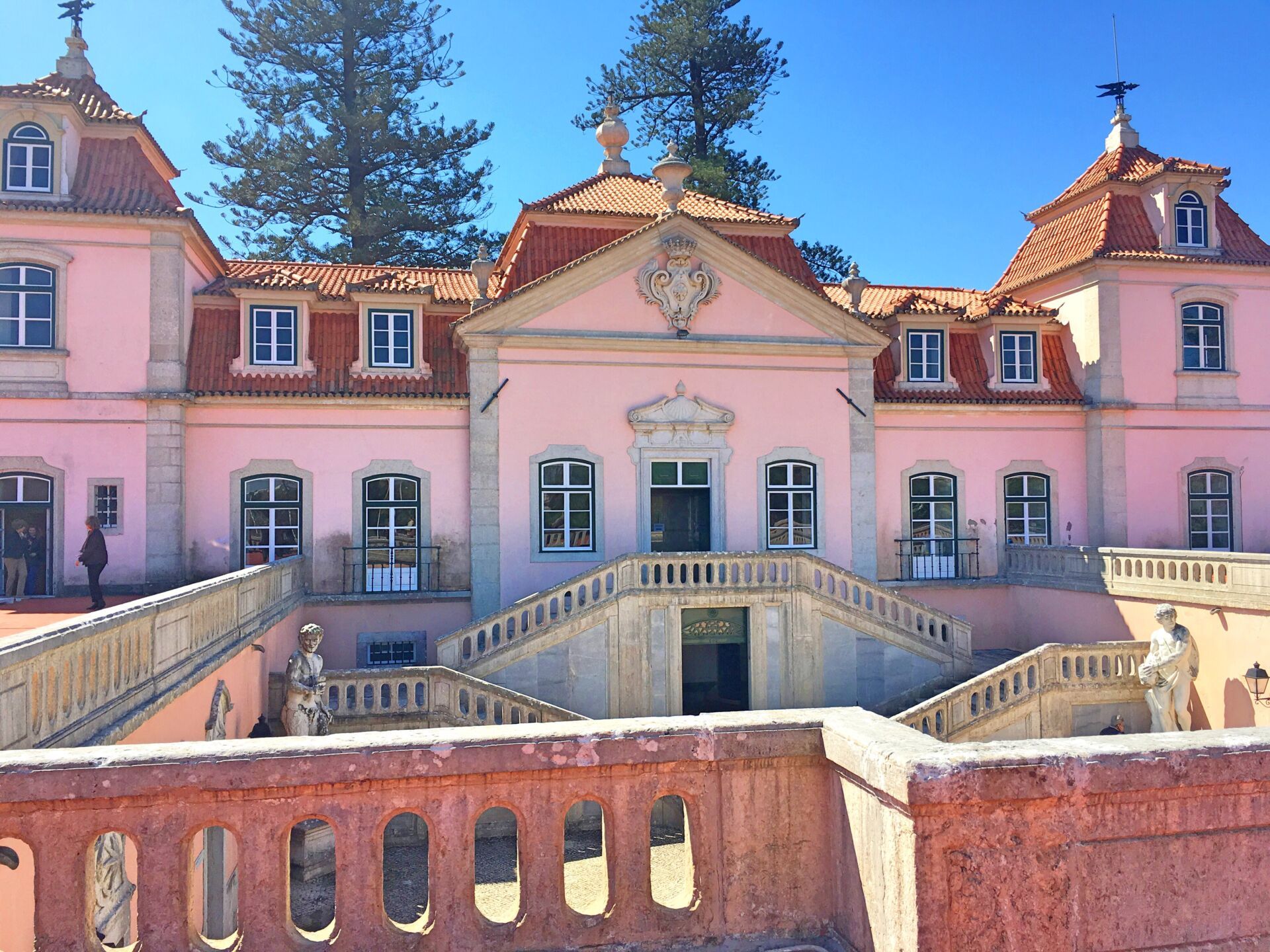
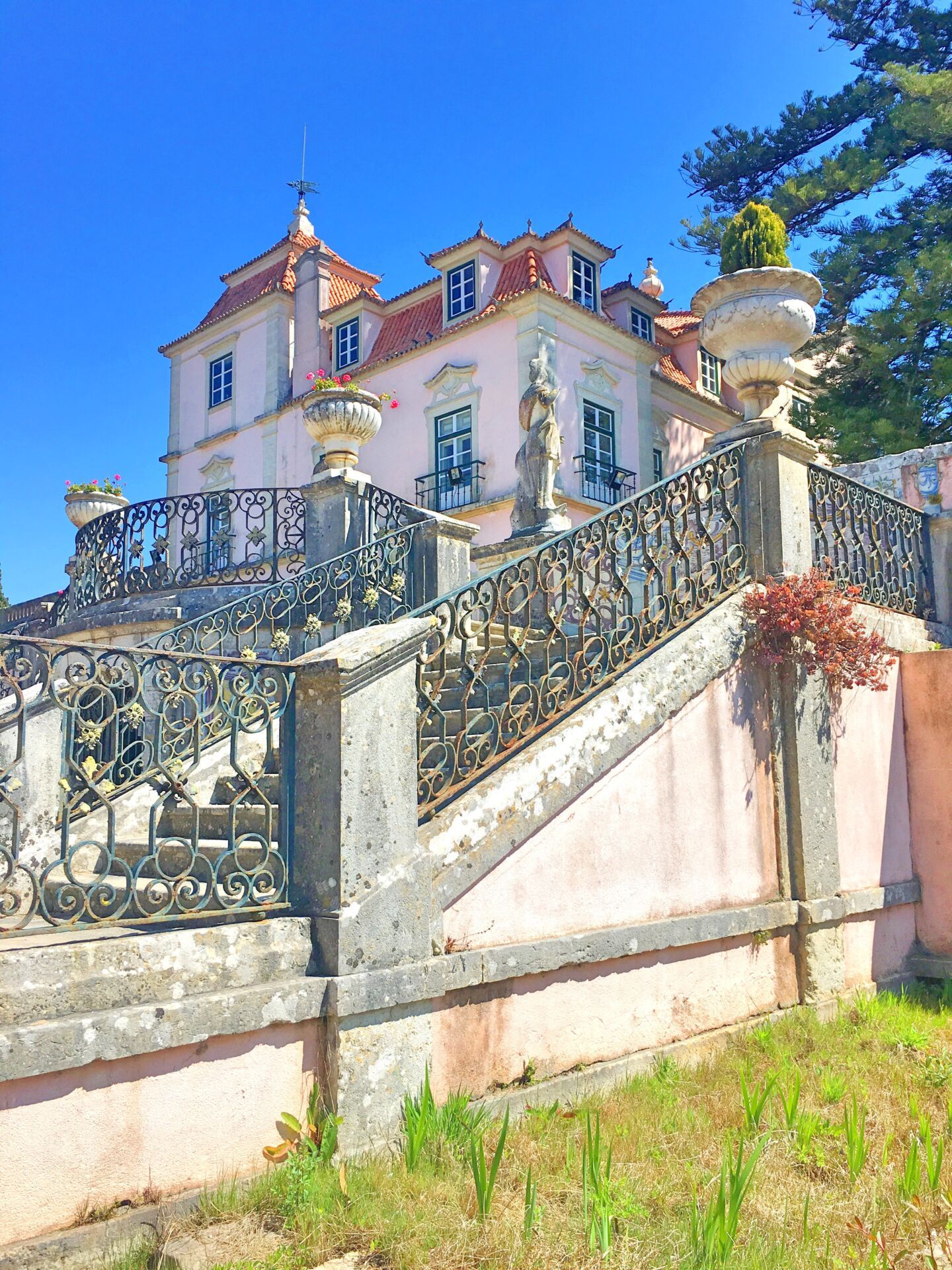
I have a huge weakness for fun facts and random trivia, so I love going to places like this, learning said fun facts and sharing them with others! But first, here’s a concise history of the palace: The building dates back to the second half of the 18th century, and was a home of Sebastião José de Carvalho e Melo, the Marquês de Pombal, for a number of years. King Joseph I of Portugal summered here on two occasions in the 1770s. It was passed down along the Marquis’ family until the early 20th century. The Gulbenkian Foundation bought it in the second half of the 20th century. Oeiras council took ownership of the property in 2004 and it is now both used for visitor tours (which only started last year) as well as an exhibition/meeting space.
The visit was very informative overall, but here are some of the most interesting things I learned:
1) Apparently, you don’t need furniture to have people come over (if only I’d known this when I moved a few months ago!). The palace advocates a seriously minimalistic décor… by which I mean it has no furniture at all! The furniture was all sold off so if you visit the palace nowadays, all you’ll see is the structure itself. Whilst you don’t get a good representation of how the palace would’ve looked in its heyday, you do notice all the rococo and baroque architectural details without getting “distracted” by pretty antique furniture.
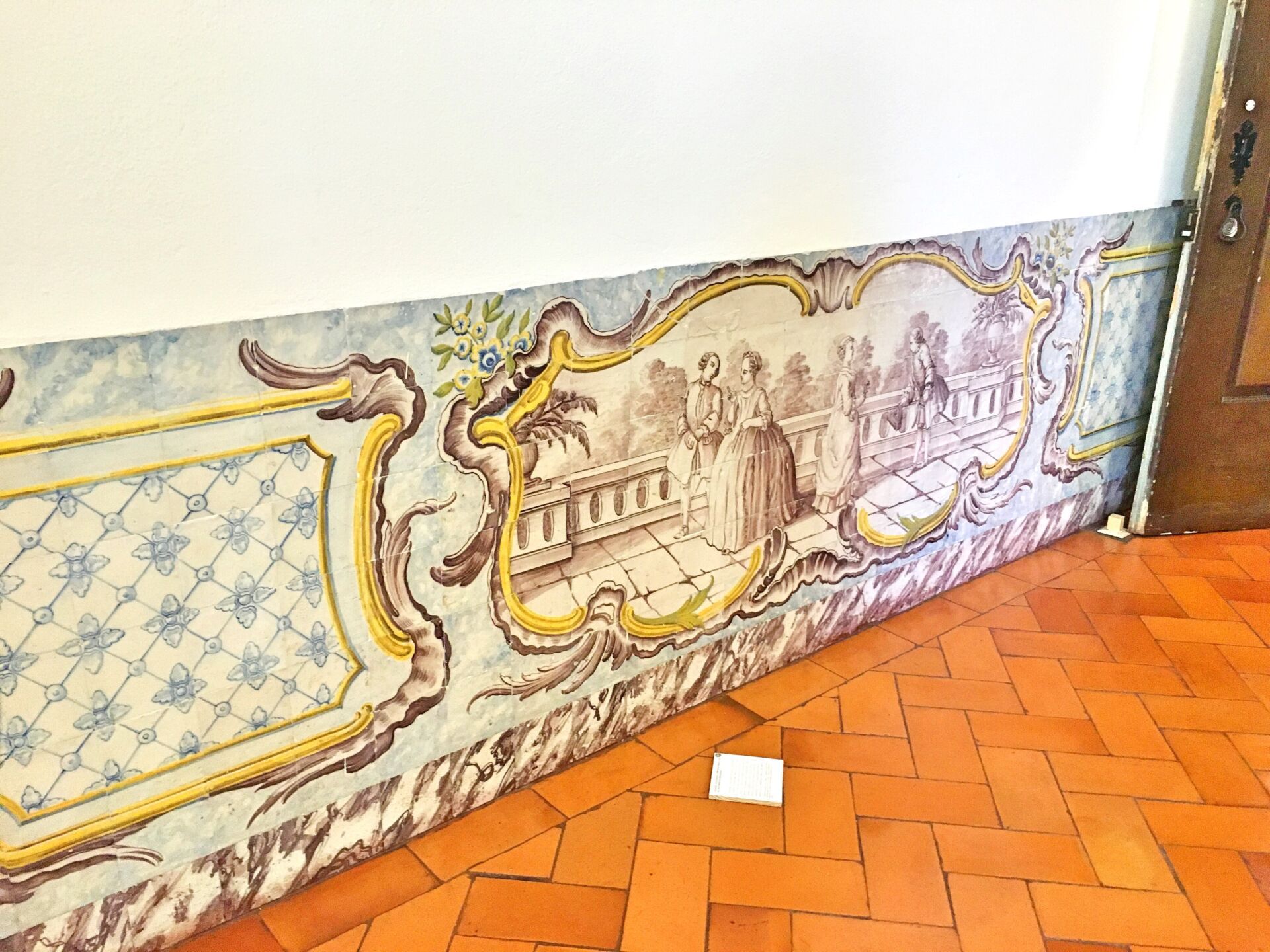
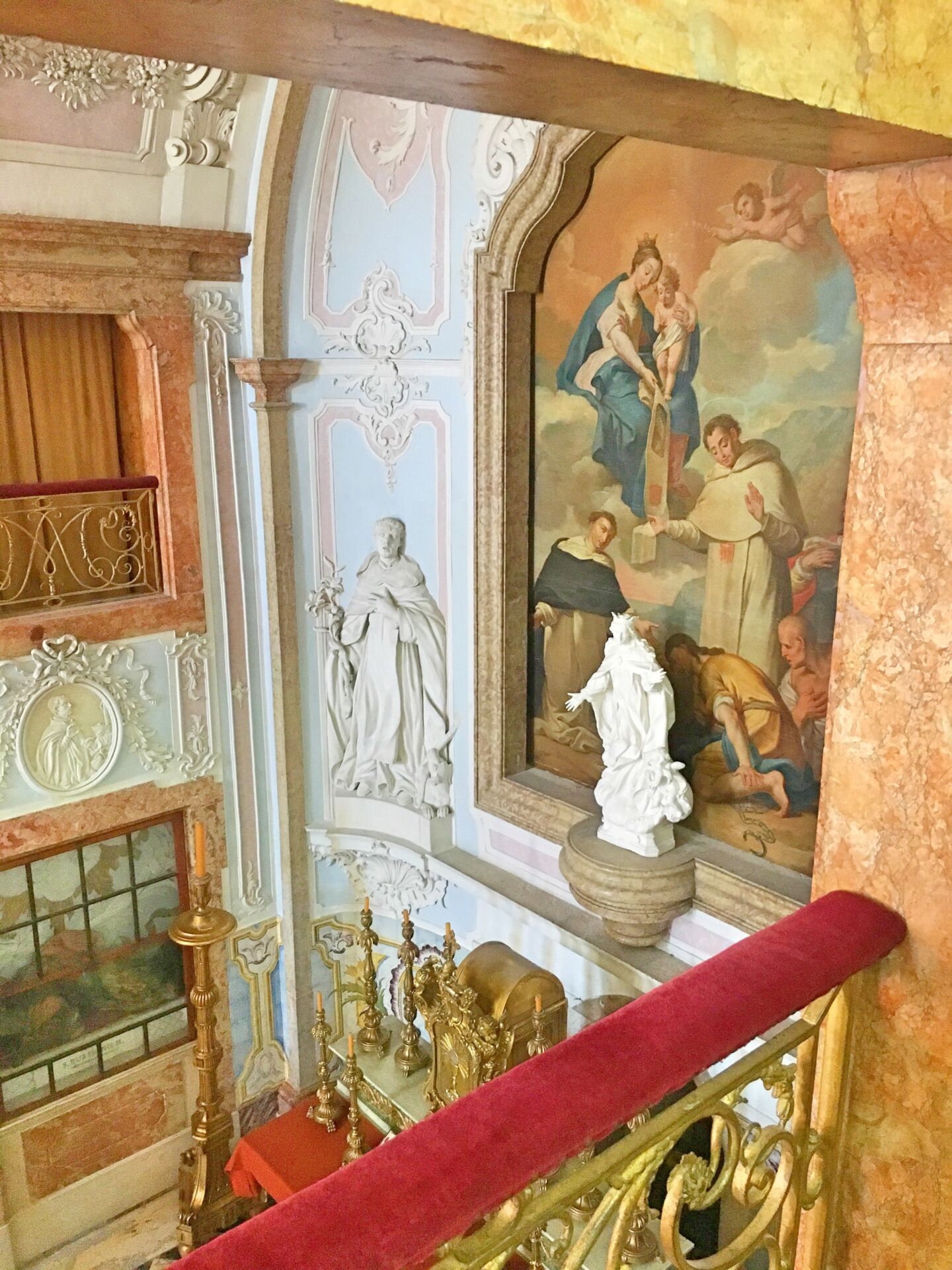
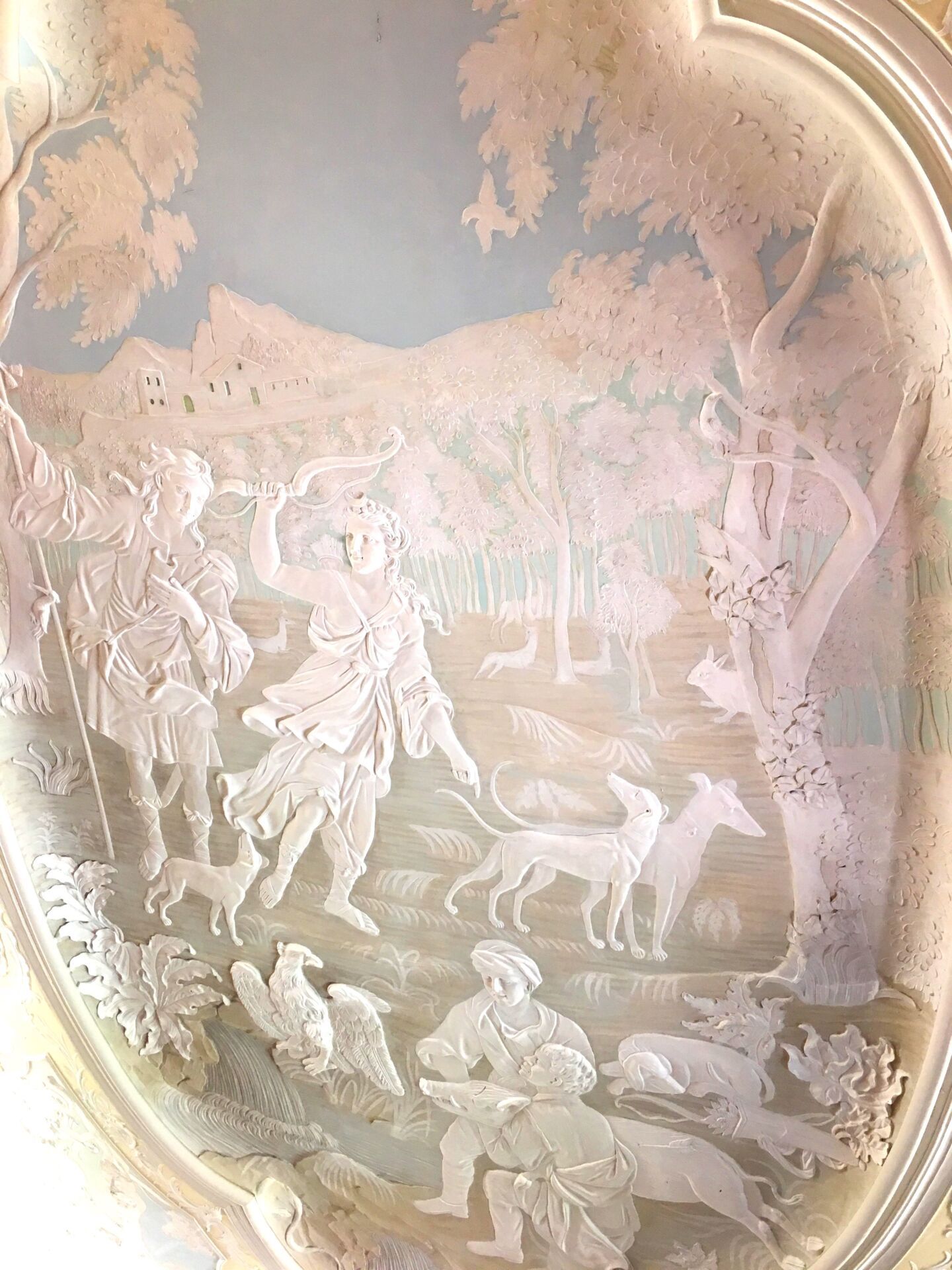
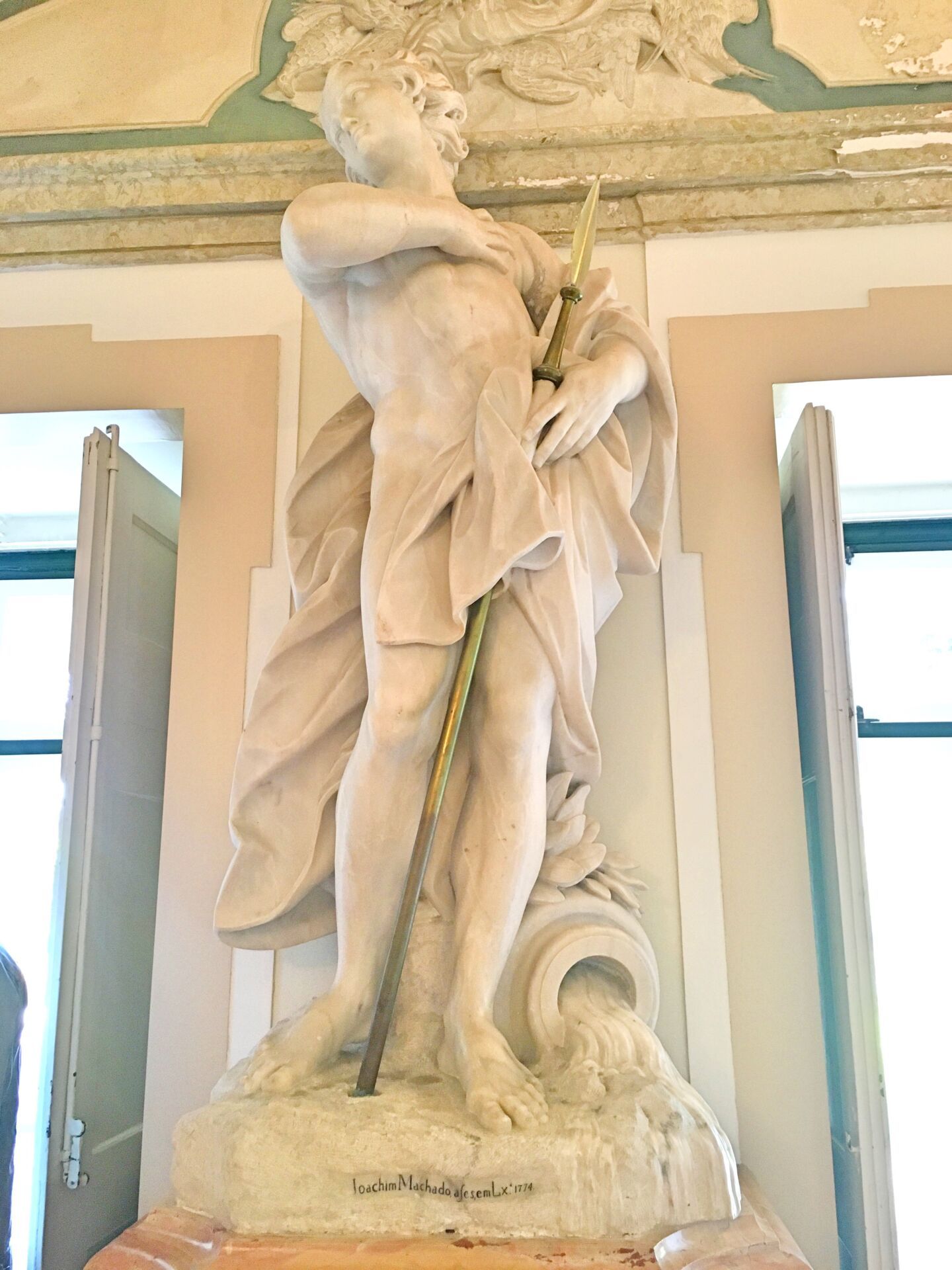
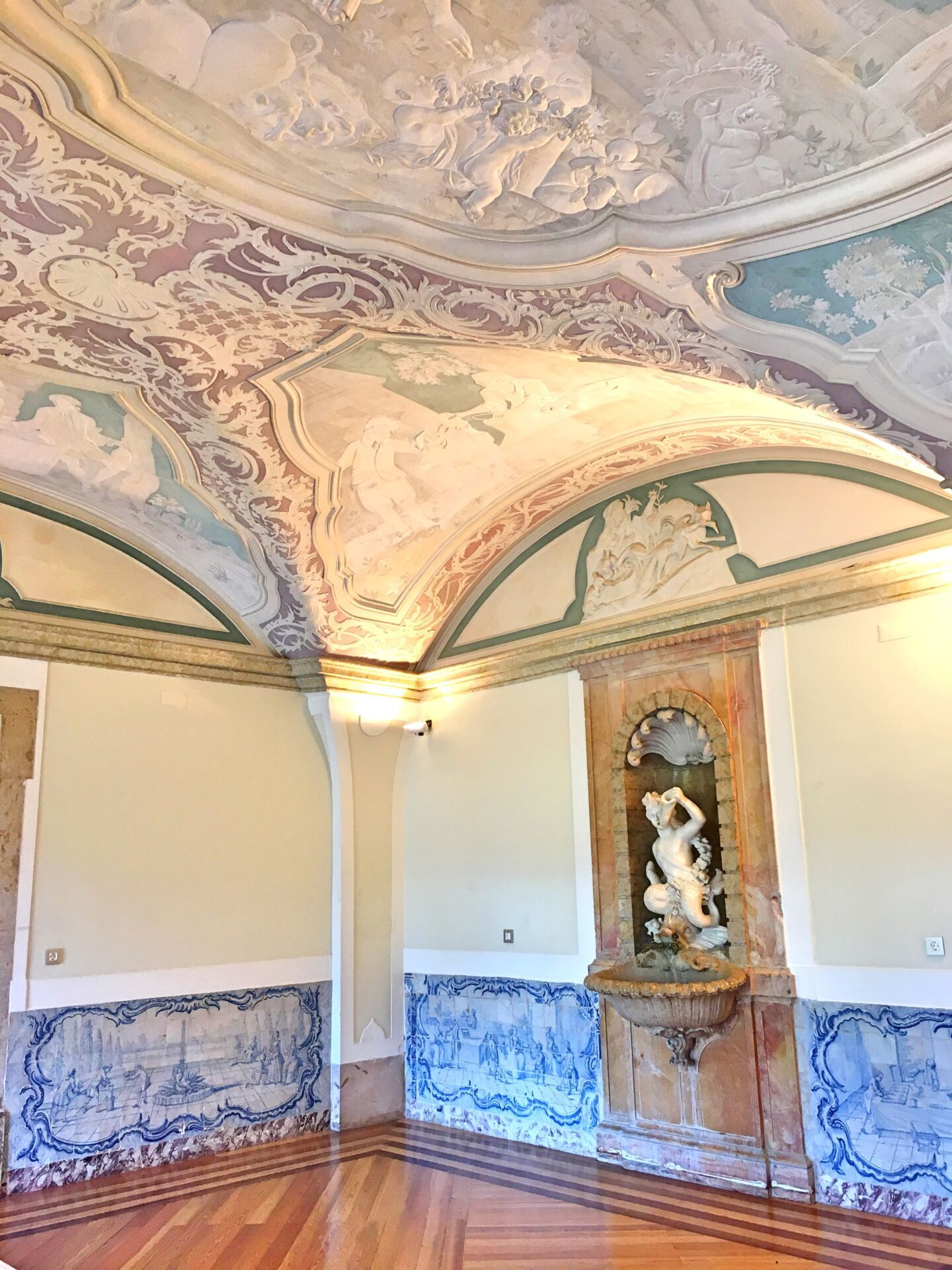
2) The Marquis of Pombal had a thing for the number eight. Our tour guide showed us numerous examples of how the number was used all over the property – often in subtle ways. Personally, I viewed it as a treasure hunt for eights. The below picture shows my favorite example, but I don’t want to ruin your treasure hunt if you end up going yourself. But let me tell you: if 8 is your lucky number, you need to check out this place.
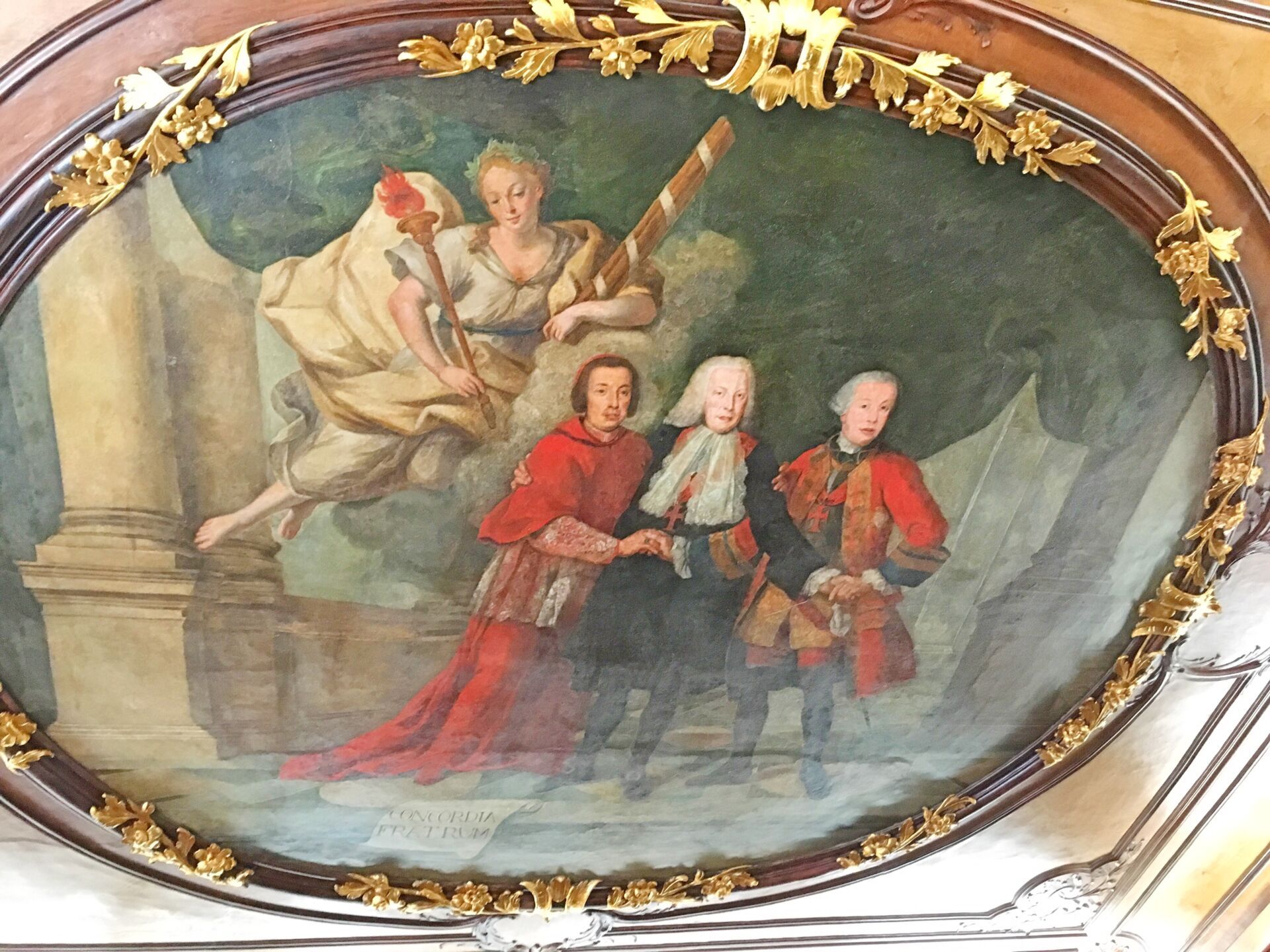
3) People don’t change. Here’s why: amongst the many lovely azulejos in the palace, certain azulejo panels depict 18th century life. There was a set of three azulejo panels, for example, which represented coffee, tea and hot chocolate. It was basically a portrait of me and my friends hanging out and gossiping over a nice cup of tea… except the people on the tiles put way more effort into their attire than I do. Another panel depicted people eating sorbet (guess what’s in my freezer right now?). Other panels showed people playing games. One of my favorites is of a group playing cards where one of the women is cheating! I can only speculate from this that Portuguese people have – and always will – love food and games. We are such bon vivants!
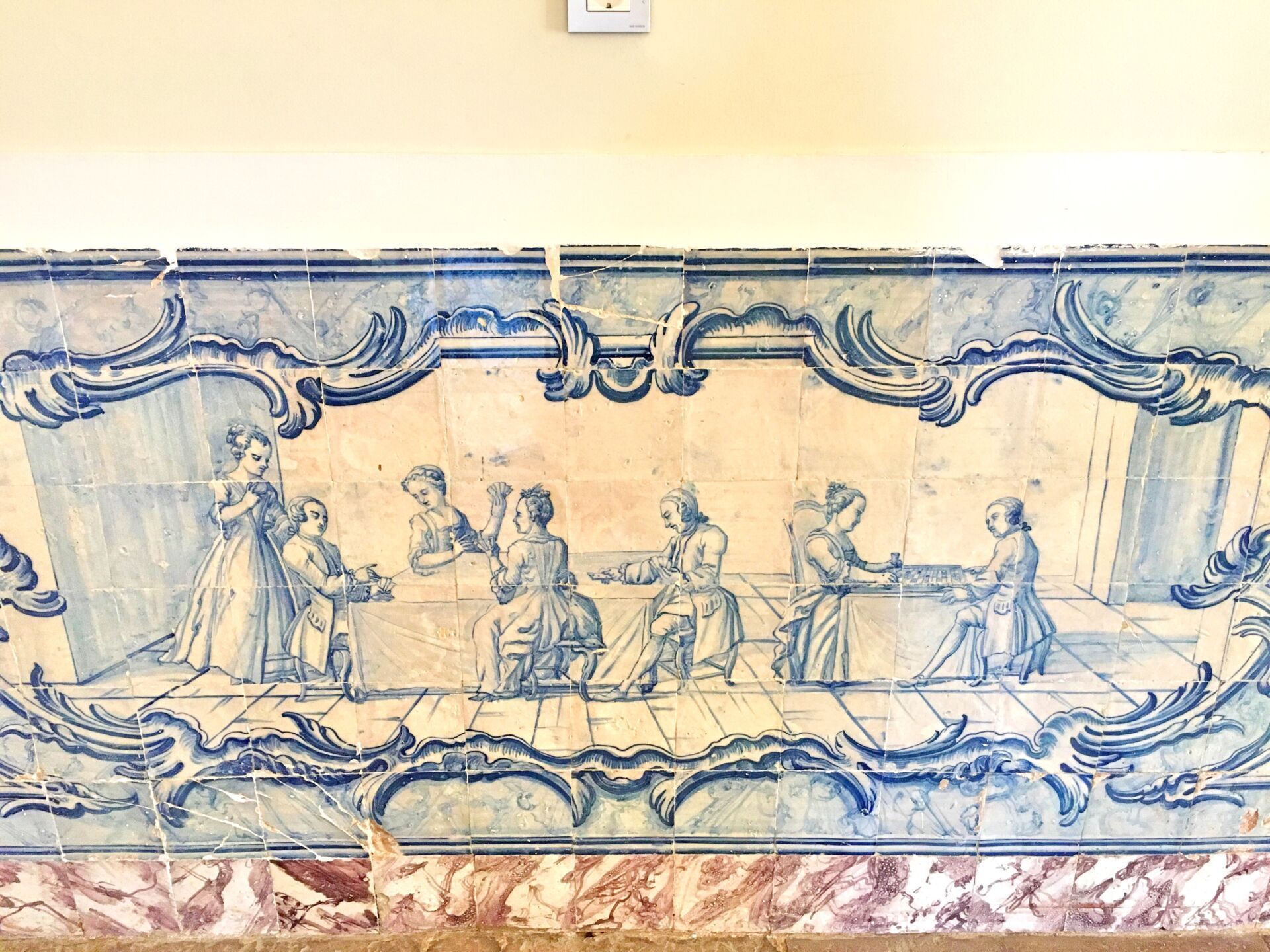
The palace also boasts a garden, a stream with fish, bridges, a massive fountain (known as the Poets’ Waterfall), and even wine and olive oil cellars. Vinho de Carcavelos (Carcavelos wine) had its prime during the Marquis’ reign and much of it was grown on these lands. If you visit the Palácio do Marquês de Pombal you can get yourself a bottle of this wine from the gift shop, so you can keep enjoying your visit after its over. If the azulejo panels taught you anything, it’s that in Portugal, we love all of life’s little pleasures!
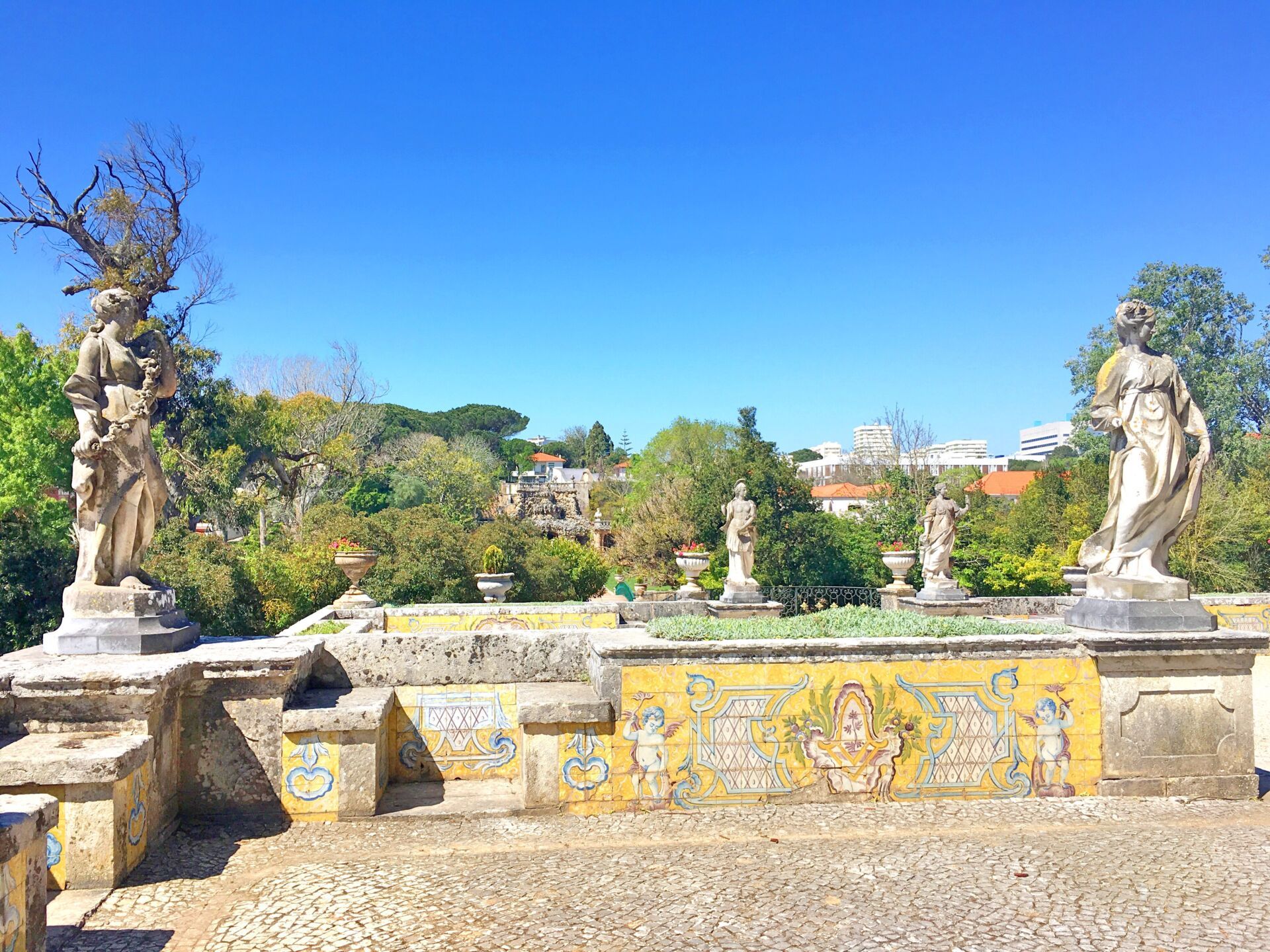
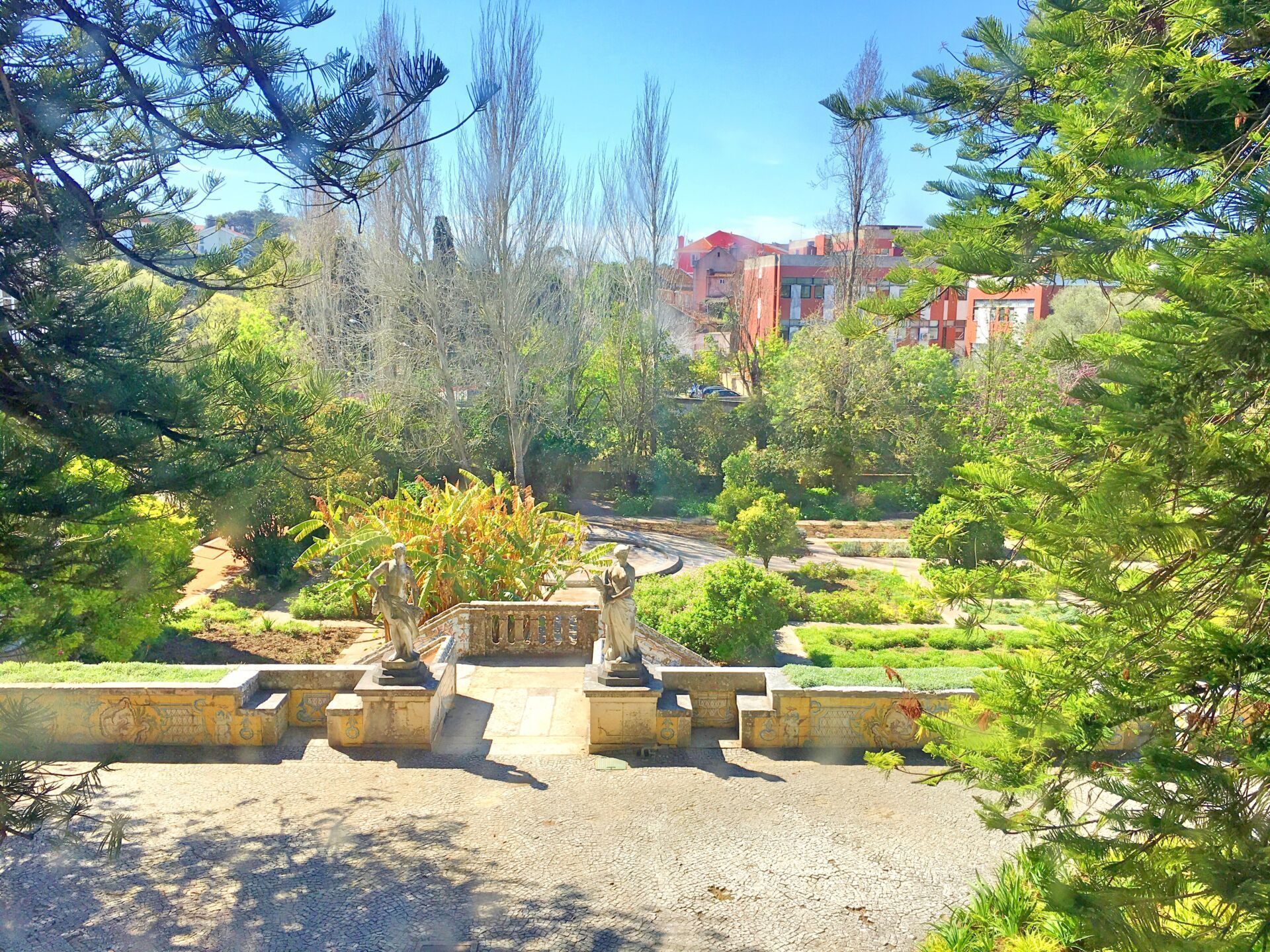
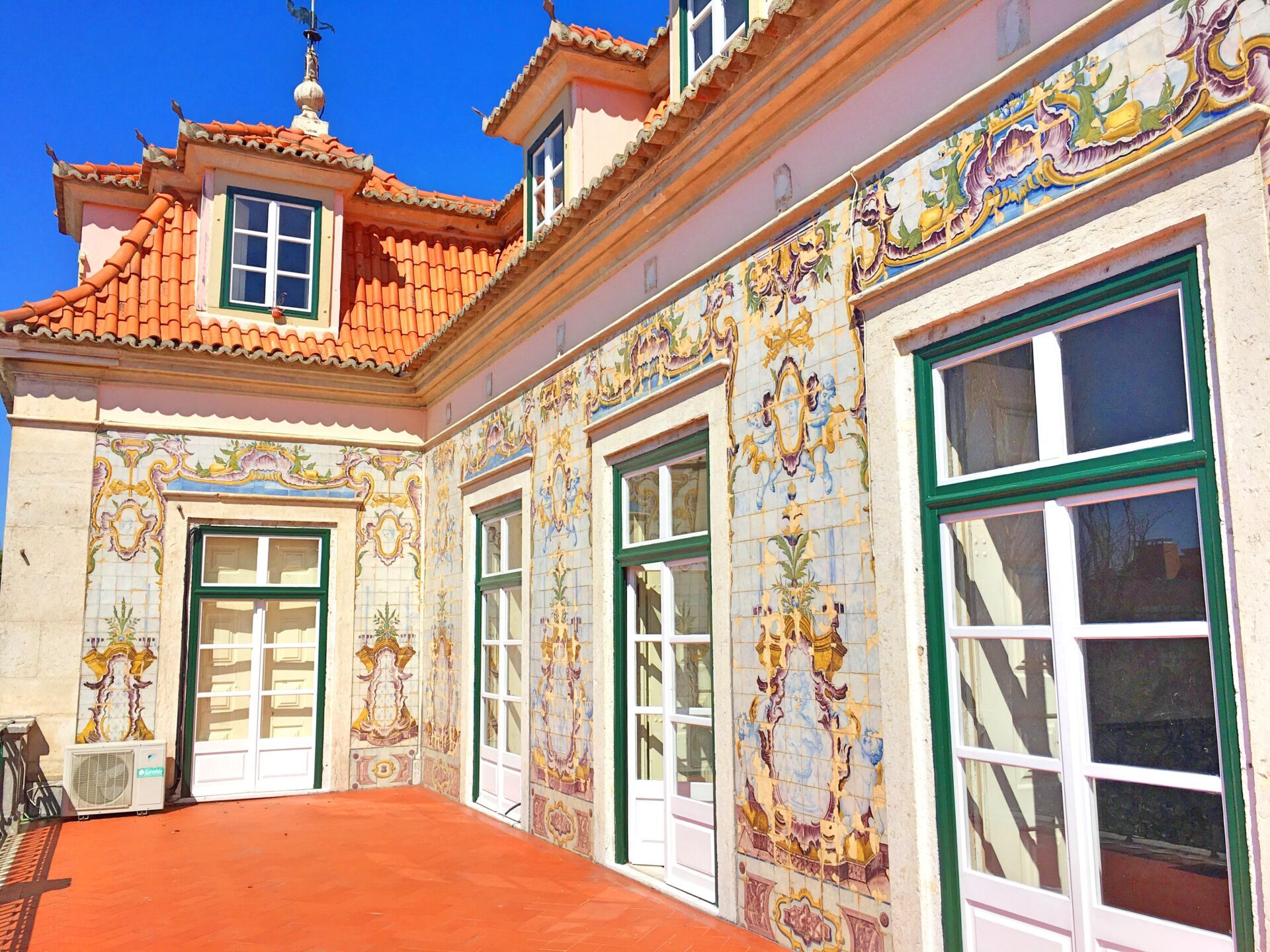
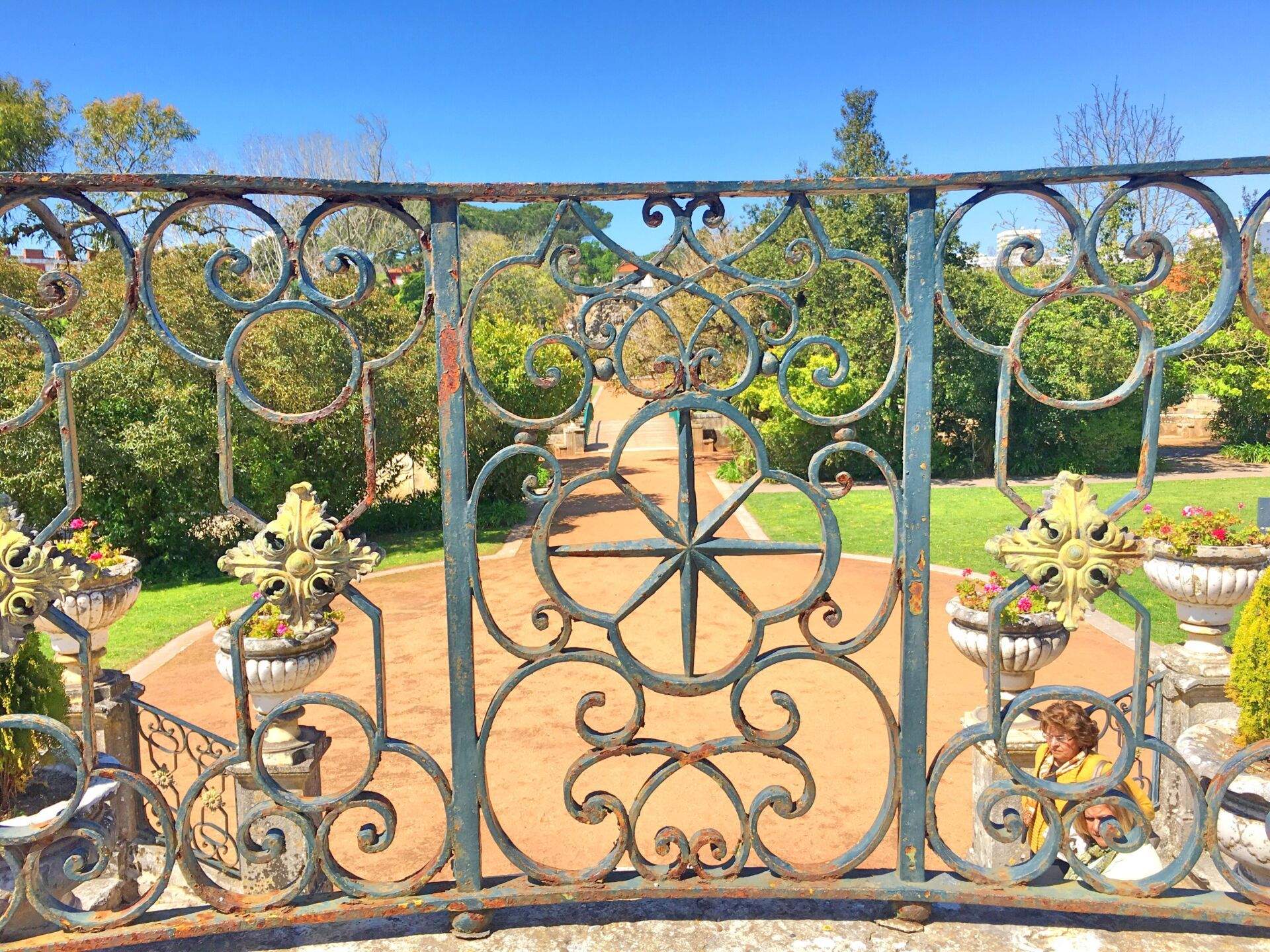
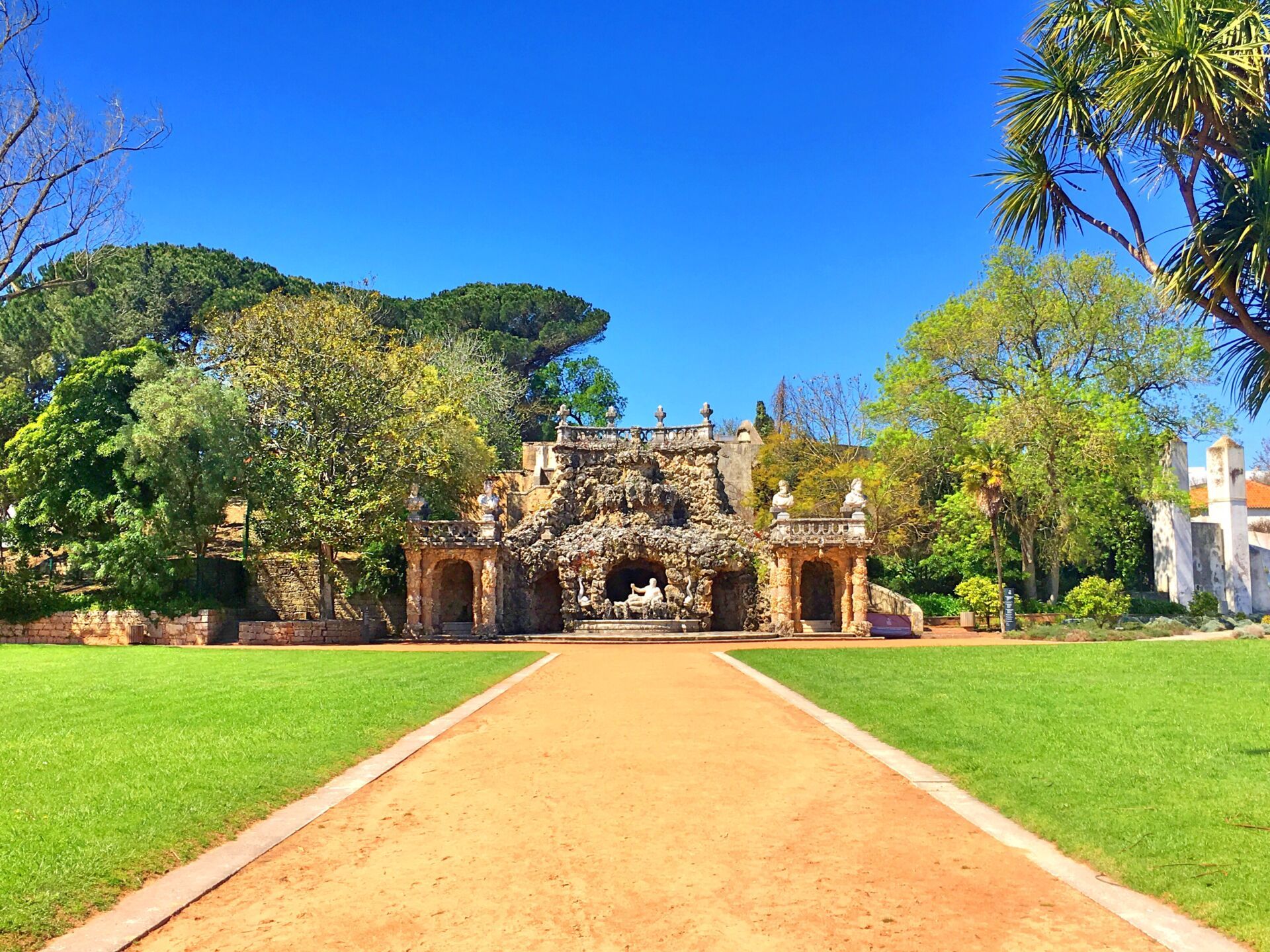
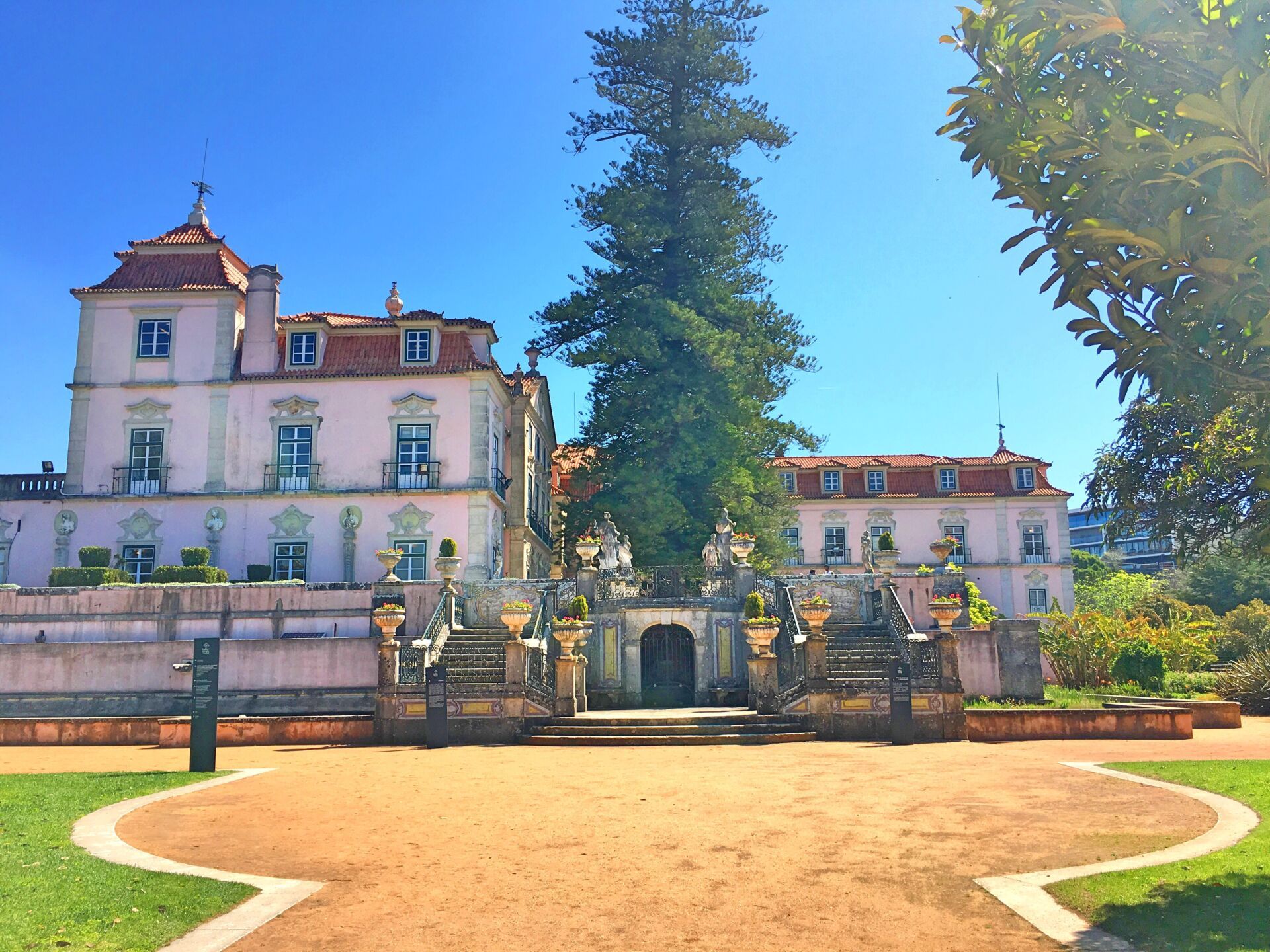


[…] rebuilt during King José I’s reign, under the supervision of the Marquis de Pombal, whose palace in Oeiras I recently visited. Renamed the Praça do Comércio (Commerce Square), it came to house […]